|
Tonight four members of the ARC Centre of Excellence for Gravitational Wave Discovery (OzGrav) have been awarded the 2020 Prime Minister’s Prizes for Science for their critical contributions to the first direct detection of gravitational waves―a landmark achievement in human discovery: Chief Investigator Emeritus Professor David Blair (University of Western Australia); Deputy Director Professor David McClelland (Australian National University); Chief Investigator Professor Susan Scott (Australian National University); and Chief Investigator Professor Peter Veitch (University of Adelaide). The Prime Minister’s Prizes for Science are Australia’s most prestigious awards for outstanding achievements in scientific research, research-based innovation and excellence in science teaching. This year’s recipients are four pioneering Australian physicists from OzGrav that contributed to the groundbreaking discovery of gravitational-wave signals from the collision of two black holes 1.3 billion years ago. This was made possible by decades of research and innovation of the team as part of the Laser Interferometer Gravitational-wave Observatory Scientific Collaboration (LSC). Emeritus Prof. David Blair says: “It is wonderful to receive the Prime Minister's Prize for Science. It's a fitting tribute to all of the students and scientists who participated in this amazing quest that was finally rewarded with the detection of gravitational waves. This is a prize for physics in Australia.”  Emer. Prof. Blair created a large-scale high-optical power research facility in Gingin, Western Australia, to mimic Advanced LIGO interferometers and investigate the subtle interactions between light, sound and heat that would occur in full-scale detectors. His pioneering work predicted that laser light would scatter from sound in the mirrors, causing parametric instability at power levels far below that needed to obtain detector sensitivity. When this theory was validated during LIGO commissioning, Emeritus Professor Blair sent team members to help implement stabilisation methods that allowed the detectors to achieve sufficient power levels to make the first detection of gravitational waves. In 1916, Albert Einstein first predicted the existence of gravitational waves―minute distortions in the fabric of space-time that are non-electromagnetic in nature and spread from their source at the speed of light; however, he believed they would never be detectable. Prof. Peter Veitch says: “Einstein developed his theory of relativity in 1915, but people questioned whether gravitational waves really existed or whether they were just some sort of mathematical nonsense predicted by the theory. Since then there has been a large advance in our understanding of the Universe, and our research has focused on developing the technologies required to detect Einstein's theorised gravitational waves.”  Prof. Veitch’s University of Adelaide team invented and installed critical instrumentation for the Advanced LIGO detectors, namely their Hartman sensors. These sensors provide a solution to a major technological problem – the distortion of the laser beam within the detector – by measuring them simply and with a sensitivity that is 30-times better than any other sensor. The Hartman sensors are used at all stages of the detection process: commissioning, measurement and adaptive correction of the distortions, and optimising the detector sensitivity and stability. “Over the last few decades, there were many scientists who either didn't believe that gravitational waves existed, or felt that they were simply too small to ever be detected,” explains Prof. Susan Scott. “We had enormous technological difficulties to overcome – everything had to be about a thousand times better, including the shapes of the mirrors, the frequency of the lasers, the acoustic wringing of the mirrors and the vibration isolation.” 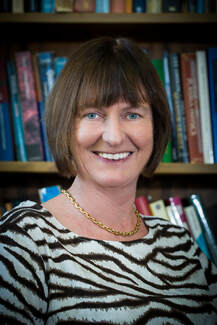 Prof. Scott initiated the Australian effort in gravitational wave data analysis in 1998, and led Australian research in digging gravitational wave signals out of detector noise. Her Australian National University team contributed key components to the LIGO Data Analysis System through which the detection signal was processed in 2015, designing and conducting the first gravitational wave search to be carried out under Australian leadership. In September 2015, recent advances in detector sensitivity led to the first direct detection of gravitational waves; two Advanced Laser Interferometer Gravitational-Wave Observatory (aLIGO) laser interferometers simultaneously detected a signal characteristic of a pair of black holes – 29 and 36 times the mass of the sun – merging into one. This was followed by a further detection in 2017, from the collision of two neutron stars. The first detection of its kind, this event solved a 50-year-old mystery confirming that these mergers are the source of previously observed high-energy gamma ray bursts, and of heavy metals such as gold, platinum and uranium in the Universe. Prof. David McClelland says: “This achievement (gravitational wave detection) came about only through long term investment in basic R&D by the Australian Research Council, our universities and many similar organisations around the world. This investment has led to impactful science, impactful technologies and inspired a generation of scientists and engineers.”  Prof. McClelland led the Australian National University team that played a crucial role in designing, installing and commissioning Advanced LIGO’s lock acquisition system, and in the construction and installation of Australian hardware for precision routing of the laser beam. His pioneering quantum ‘squeezing’ technology (now installed in all detectors) is essential for boosting interferometer sensitivity to the current level where signals are detected weekly when in operation. The impact of the first 2015 detection, the acclaimed ’discovery of the century’, has been immense, opening up previously unknown parts of the Universe, such as hidden black holes; understanding the origin of gamma ray bursts (and with the potential to discover how supernovae explode); and to even peer back to the beginning of time at the Big Bang. The legacy of the team’s combined research ensures that Australia is now ‘front-and-centre’ in exploring this brand-new window into the Universe. “The pioneering work of our team over the last quarter of a century has ensured that Australia played a leading role in the first direct detection of gravitational waves,” says Prof. Susan Scott. “Australia is now in a position to be a powerhouse in the emergent field of gravitational wave astronomy.” For OzGrav Director Professor Matthew Bailes (Swinburne University of Technology), the result is especially pleasing. “This is fantastic recognition of the role Australia has played in opening this new window on Einstein’s Universe. I’m thrilled for not only these four pioneers of the field in Australia, but for the future generations of scientists and engineers that will follow in their footsteps.”
0 Comments
The Advanced Laser Interferometer Gravitational-Wave Observatory (Advanced LIGO) detectors and the Virgo detector have directly observed transient gravitational waves (GWs) from compact binary coalescences. After a series of instrument upgrades to further improve the sensitivity—like replacing test masses and optics, increasing laser power, and adding squeezed light—the two LIGO detectors started the third observing run (O3), together with Virgo, on April 1st, 2019 and finished the year-long observation on Mar 27th, 2020.
The time series of dimensionless strain, defined by the differential changes in the length of the two orthogonal arms divided by the averaged full arm length (~4 km in the two LIGO detectors), is used to determine the detection of a GW signal and infer the properties of the astrophysical source. (The figure shows a conceptual diagram of the optical configuration of the Advanced LIGO interferometers.) Due to the presence of noise and the desire to maintain the resonance condition of the optical cavities, the detectors do not directly measure the strain. The differential arm displacement is suppressed by the control force allocated to the test masses. The residual differential arm displacement in the control loop is converted into digitized photodetector output signals. Therefore, the strain is reconstructed from the raw digitized electrical output of each detector, with an accurate and precise model of the detector response to the strain. This reconstruction process is referred to as detector ‘calibration.’ The accuracy and precision of the estimated detector response, and hence the reconstructed strain data, are important for detecting GW signals and crucial for estimating their astrophysical parameters. Understanding, accounting, and/or compensating for the complex-valued response of each part of the upgraded detectors improves the overall accuracy of the estimated detector response to GWs. Calibration systematic error is the frequency-dependent and time-dependent deviation of the estimated detector response from the true detector response. We describe our improved understanding and methods used to quantify the response of each detector, with a dedicated effort to define all places where systematic error plays a role. We use the two LIGO detectors as they stand in the first half (six months) of O3 to demonstrate how each identified systematic error impacts the reconstructed strain and constrain the statistical uncertainty therein. We report the accuracy and precision of the strain data by estimating the 68% confidence interval bounds on the systematic error and uncertainty for the response of each detector (in magnitude and phase). In the first half of O3, the overall systematic error and uncertainty of the best calibrated data is within 7% in magnitude and 4 degrees(?) in phase in the most sensitive frequency band 20–2000 Hz. The systematic error alone, in the same band, is estimated to be below 2% in magnitude and 2 degrees in phase. Current detection of GW events and estimation of their astrophysical parameters are not yet limited by such levels of systematic error and uncertainty. However, as the global GW detector network sensitivity increases, detector calibration systematic error and uncertainty plays an increasingly important role. Limitations caused by calibration systematics on estimated GW source parameters, precision astrophysics, population studies, cosmology, and tests of general relativity are possible. Efforts are being carried out to better integrate the work presented in this paper into future GW data analyses. Research and development of new techniques are underway to further reduce calibration systematic error and uncertainty below the 1% level, a key milestone towards minimizing impacts of calibration systematics on astrophysical and cosmological results. Written by Lilli Sun, OzGrav Associate Investigator, ANU New research suggests innovative method to analyse the densest star systems in the Universe13/10/2020 In a recently published study, a team of researchers led by the ARC Centre of Excellence for Gravitational Wave Discovery (OzGrav) at Monash suggests an innovative method to analyse gravitational waves from neutron star mergers, where two stars are distinguished by type (rather than mass), depending on how fast they’re spinning. Neutron stars are extremely dense stellar objects that form when giant stars explode and die—in the explosion, their cores collapse, and the protons and electrons melt into each other to form a remnant neutron star. In 2017, the merging of two neutron stars, called GW170817, was first observed by the LIGO and Virgo gravitational-wave detectors. This merger is well-known because scientists were also able to see light produced from it: high-energy gamma rays, visible light, and microwaves. Since then, an average of three scientific studies on GW170817 have been published every day. In January this year, the LIGO and Virgo collaborations announced a second neutron star merger event called GW190425. Although no light was detected, this event is particularly intriguing because the two merging neutron stars are significantly heavier than GW170817, as well as previously known double neutron stars in the Milky Way. Scientists use gravitational-wave signals—ripples in the fabric of space and time—to detect pairs of neutron stars and measure their masses. The heavier neutron star of the pair is called the ‘primary’; the lighter one is ‘secondary’. The recycled-slow labelling scheme of a binary neutron star system A binary neutron star system usually starts with two ordinary stars, each around ten to twenty times more massive than the Sun. When these massive stars age and run out of ‘fuel’, their lives end in supernova explosions that leave behind compact remnants, or neutron stars. Each remnant neutron star weighs around 1.4 times the mass of the Sun, but has a diameter of only 25 kilometres. The first-born neutron star usually goes through a ‘recycling’ process: it accumulates matter from its paired star and begins spinning faster. The second-born neutron star doesn’t accumulate matter; its spin speed also slows down rapidly. By the time the two neutron stars merge—millions to billions of years later—it’s predicted that the recycled neutron star may still be spinning rapidly, whereas the other non-recycled neutron star will probably be spinning slowly. Another way a binary neutron star system might form is through continuously changing interactions in dense stellar clusters. In this scenario, two unrelated neutron stars, on their own or in other separate star systems, meet each other, pair up and eventually merge like a happy couple due to their gravitational waves. However, current modelling of stellar clusters suggests that this scenario is ineffective in merging the neutron stars. OzGrav postdoctoral researcher and lead author of the study Xingjiang Zhu says: ‘The motivation for proposing the recycled-slow labelling scheme of a binary neutron star system is two-fold. First, it’s a generic feature expected for neutron star mergers. Second, it might be inadequate to label two neutron stars as primary and secondary because they’re most likely to be of similar masses and it’s hard to tell which one is heavier.” The recent OzGrav study takes a new look at both GW170817 and GW190425 by adopting the recycled-slow scheme. It was found that the recycled neutron star in GW170817 is only mildly or even slowly spinning, whereas that of GW190425 is spinning rapidly, possibly once every 15 milliseconds. It was also found that both merger events are likely to contain two nearly equal-mass neutron stars. Since there is little or no evidence of spin in GW170817, and neutron stars spin down over time, the researchers deduced that the binary probably took billions of years to merge. This agrees well with observations of its host galaxy, called NGC 4993, where little star formation activities are found in the past billions of years. OzGrav associate investigator and collaborator Gregory Ashton says: “Our proposed astrophysical framework will allow us to answer important questions about the Universe, such as are there different supernova explosion mechanisms in the formation of binary neutron stars? And to what degree do interactions inside dense star clusters contribute to forming neutron star mergers?” The LIGO/Virgo detectors finished their joint third observing run (O3) earlier this year and are currently conducting scheduled maintenance and upgrades. When the fourth run (O4) starts in 2021, scientists will be readily anticipating more discoveries of neutron star mergers. The prospect will be even brighter when the Japanese underground detector KAGRA and the LIGO-India detector join the global network over the coming years. ‘We are in a golden era of studying binary neutron stars with highly-sensitive gravitational-wave detectors that will deliver dozens of discoveries in the next few years,’ adds Zhu. The black hole always chirps twice: Scientists find clues to decipher the shape of black holes13/10/2020 A team of gravitational-wave scientists led by the ARC Centre of Excellence for Gravitational Wave Discovery (OzGrav) reveal that when two black holes collide and merge, the remnant black hole ‘chirps’ not once, but multiple times, emitting gravitational waves—intense ripples in the fabric space and time—that inform us about its shape. Today the study has been published in Communications Physics (from the prestigious Nature journal). Black holes are one the most fascinating objects in the Universe. At their surface, known as the ‘event horizon’, gravity is so strong that not even light can escape from them. Usually, black holes are quiet, silent creatures that swallow anything getting too close to them; however, when two black holes collide and merge together, they produce one of the most catastrophic events in Universe: in a fraction of a second, a highly-deformed black hole is born and releases tremendous amounts of energy as it settles to its final form. This phenomenon gives astronomers a unique chance to observe rapidly changing black holes and explore gravity in its most extreme form. 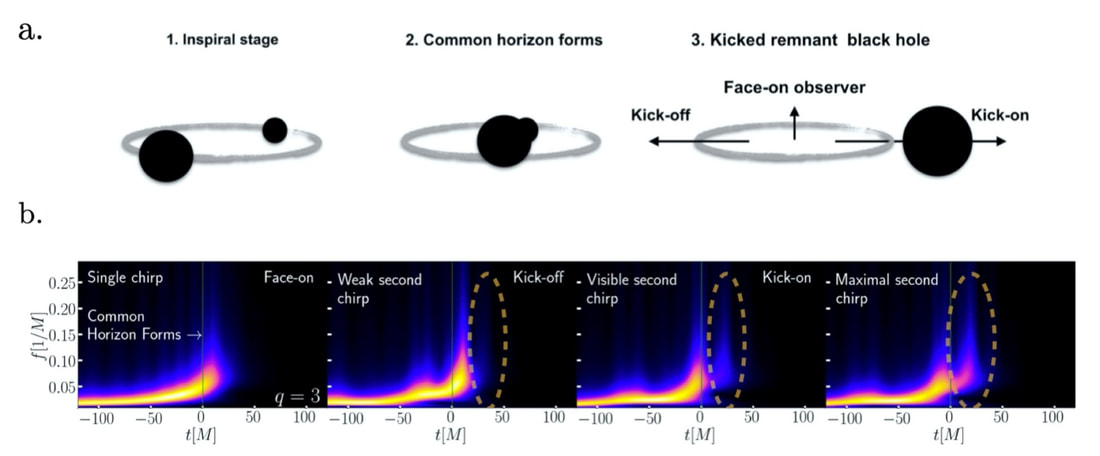 Fig. 1. a: The stages of a black hole merger. First, both black holes orbit each other, slowly approaching, during the inspiral stage.. Second the two black holes merge, forming a distorted black hole. Finally, the black hole reaches its final form. b: Frequency of the gravitational-wave signals observed from the top of the collision (leftmost) and from various positions on its equator (rest) as a function of time. The first signal shows the typical “chirping” signal, in which the frequency raises as a function of time. The other three show that, after the collision (at t=0) the frequency drops and rises again, producing a second “chirp”. CREDIT: C. Evans, J. Calderón Bustillo Although colliding black holes do not produce light, astronomers can observe the detected gravitational waves—ripples in the fabric of space and time—that bounce off them. Scientists speculate that, after a collision, the behaviour of the remnant black hole is key to understanding gravity and should be encoded in the emitted gravitational waves. In the article published in Communications Physics (Nature), a team of scientists led by OzGrav alumnus Prof. Juan Calderón Bustillo—now ‘La Caixa Junior Leader - Marie Curie Fellow’ at the Galician Institute for High Energy Physics (Santiago de Compostela, Spain)—has revealed how gravitational waves encode the shape of merging black holes as they settle to their final form. Graduate student and co-author Christopher Evans from the Georgia Institute of Technology (USA) says: ‘We performed simulations of black-hole collisions using supercomputers and then compared the rapidly changing shape of the remnant black hole to the gravitational waves it emits. We discovered that these signals are far more rich and complex than commonly thought, allowing us to learn more about the vastly changing shape of the final black hole’. The gravitational waves from colliding black holes are very simple signals known as ‘chirps’. As the two black holes approach each other, they emit a signal of increasing frequency and amplitude that indicates the speed and radius of the orbit. According to Prof. Calderón Bustillo, ‘the pitch and amplitude of the signal increases as the two black holes approach faster and faster. After the collision, the final remnant black hole emits a signal with a constant pitch and decaying amplitude—like the sound of a bell being struck’. This principle is consistent with all gravitational-wave observations so far, when studying the collision from the top. 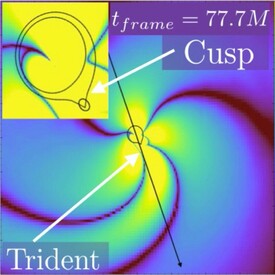 Fig. 2. Detail of the shape of the remnant black hole after a black hole collision, with a ‘chestnut shape’. Regions of strong gravitational-wave emission (in yellow) cluster near its cusp. This black hole spins making the cusp point to all observers around it. CREDIT: C. Evans, J. Calderón Bustillo However, the study found something completely different happens if the collision is observed from the ‘equator’ of the final black hole. 'When we observed black holes from their equator, we found that the final black hole emits a more complex signal, with a pitch that goes up and down a few times before it dies,’ explains Prof. Calderón Bustillo. ‘In other words, the black hole actually chirps several times.’ The team discovered that this is related to the shape of the final black hole, which acts like a kind of gravitational-wave lighthouse: ‘When the two original, ‘parent’ black holes are of different sizes, the final black hole initially looks like a chestnut, with a cusp on one side and a wider, smoother back on the other,’ says Bustillo. ‘It turns out that the black hole emits more intense gravitational waves through its most curved regions, which are those surrounding its cusp. This is because the remnant black hole is also spinning and its cusp and back repeatedly point to all observers, producing multiple chirps.’ Co-author Prof. Pablo Laguna, former chair of the School of Physics at Georgia Tech and now Professor at University of Texas at Austin, pointed out ‘while a relation between the gravitational waves and the behaviour of the final black hole has been long conjectured, our study provides the first explicit example of this kind of relation’. Rapidly rotating, asymmetric neutron stars that undergo free precession can produce both modulated pulse signals and continuous gravitational radiation with characteristic features, and thus are potential interesting multi-messenger astrophysical sources. Studies have been carried out to characterise the electromagnetic and gravitational-wave signals from freely-precessing neutron stars, mostly focused on biaxial stars; however, in the most generic cases, triaxially-deformed neutron stars demonstrate more complex features as a result of free precession. In this study, co-authored by OzGrav Associate Investigator Lilli Sun from Australian National University (who was working with Caltech at the time of this research), scientists extend previous work and derive the dynamical evolution of a generic, triaxially-deformed, freely-precessing neutron star with both analytical and numerical approaches. If the neutron star is observed as a pulsar via radio and/or X-ray telescopes, the free precession could introduce observable characteristic modulations in both the timing and width of the pulse signals, depending on the wobble angle and other source properties. Moreover, free precession of a triaxially-deformed neutron star could manifest as additional lines in the spectra of continuous gravitational waves, detectable by the ground-based gravitational-wave detectors like Advanced LIGO, Virgo, and KAGRA. The researchers introduce a numerical method to integrate the equations of motion in generic cases where analytical solutions are difficult to derive. The timing residuals, pulse-width modulations, as well as the gravitational-wave spectra of a precessing triaxial star, are presented with concrete examples. The results in this work provide guidance for future multi-messenger studies of triaxially-deformed, freely-precessing neutron stars. Multi-messenger observation of precessing neutron stars will become promising with future high-precision electromagnetic observations (e.g., NICER X-ray timing) and next-generation gravitational-wave detectors (e.g., Einstein Telescope and Cosmic Explorer). Combining characteristic features in radio/X-ray signals and continuous gravitational waves of precessing neutron stars allows scientists to obtain valuable information about the source properties, e.g., the wobble angle, the non-axisymmetry and oblateness of the star. These measurements could shed light on the long-standing questions about the neutron star internal structure and the supranuclear matter equation of state. Link to study: https://doi.org/10.1093/mnras/staa2476 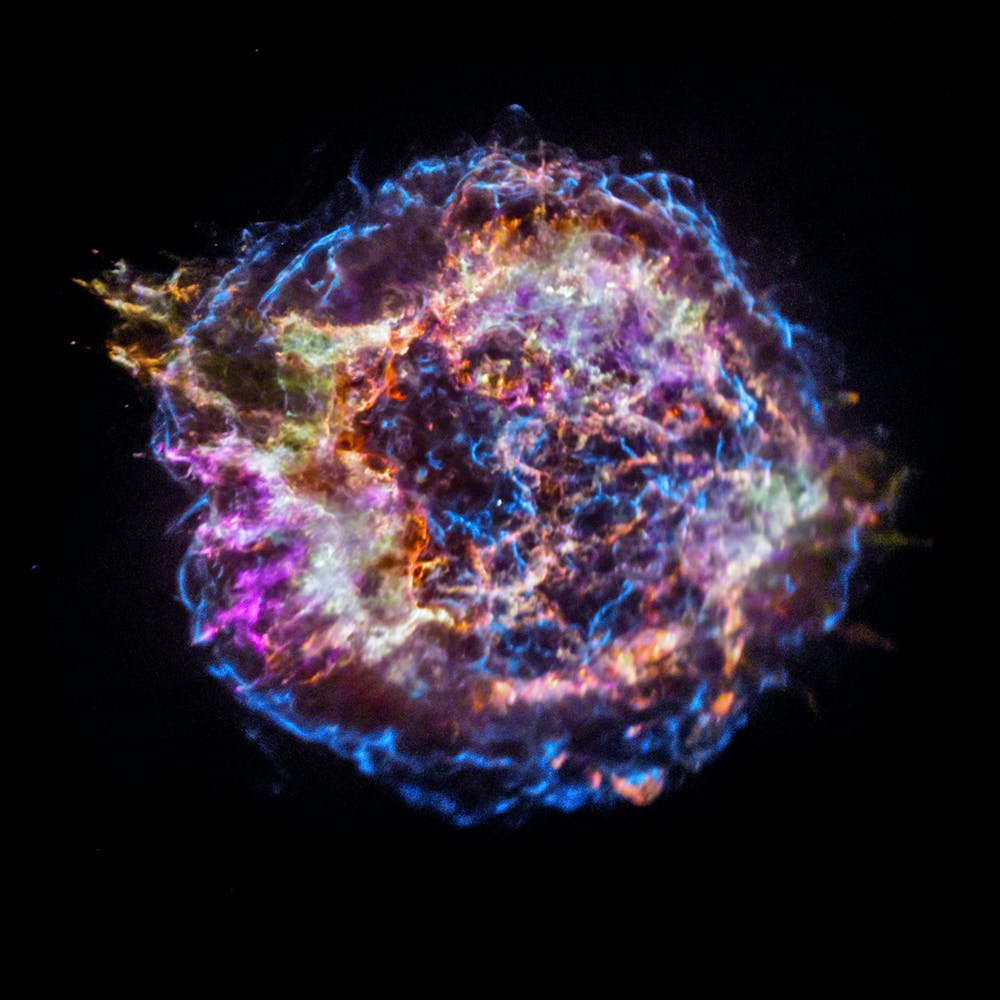 Image of the stripped-envelope supernova remnant, Cassiopeia A (Credit: NASA/CXC/SAO CC BY) Image of the stripped-envelope supernova remnant, Cassiopeia A (Credit: NASA/CXC/SAO CC BY) Massive stars end their lives with energetic explosions known as supernova explosions. ‘Stripped-envelope supernovae’ show weak or no traces of hydrogen in its ejecta, meaning that the star lost most or all of its hydrogen-rich outer layers before it exploded. Scientists hypothesise that these stars mostly originate in binary star systems, where one of the stars rips off the outer layers of the other star with its gravitational pull–many searches have been made to discover the remaining companion star following the stripped-envelope supernovae. In some searches, the companion star was successfully detected, but there are also numerous cases where the companion couldn’t be found, posing a serious problem for the binary hypothesis. The most famous case is called Cassiopeia A (Cas A): a stripped-envelope supernova remnant that is predicted to have a stellar companion, but nothing could be found in its explosive aftermath. In a recently published study led by the ARC Centre of Excellence for Gravitational Wave Discovery (OzGrav), researchers propose a new scenario for creating these ‘lonely’ stripped-envelope stars. OzGrav researcher and lead author of the study Dr Ryosuke Hirai explains: ‘In our scenario, the stripped-envelope star used to have a binary companion with a mass very similar to itself. Because the masses are similar, they have very similar lifetimes, meaning that the explosion of the first star will occur when the second star is close to death too’. In the last million years of their lives, massive stars are known to become red supergiants where their outer layers are very puffed up and unstable. So, if the first supernova of the binary star system hits the other massive star—while it‘s this puffy red supergiant—it can easily strip off the outer layers, making it a stripped-envelope star. The stars disrupt after the supernova, so the secondary star becomes a lonely stellar widow and will appear to be single by the time it explodes itself, a million years later. The OzGrav scientists performed hydrodynamical simulations of a supernova colliding with a red supergiant to investigate how much mass can be stripped off through this process. They found that if the two stars are close enough, the supernova can strip nearly 90% of the ‘envelope’—the outer layer—off the companion star. ‘This is enough for the second supernova of the binary system to become a stripped-envelope supernova, confirming that our proposed scenario is plausible,’ says Hirai. ‘Even if it’s not sufficiently close, it can still remove a large fraction of the outer layers which makes the already unstable envelope even more unstable, which can lead to other interesting phenomena like pulsations or eruptions.’ If OzGrav’s scenario occurs, the stripped-off envelope should be floating as a one-sided shell at about 30- 300 light years away from the second supernova site. Recent observations revealed that there is indeed a shell of material located at around 30-50 light years away from the famous Cas A. Hirai adds: ‘This may be indirect evidence that Cas A was originally created through our scenario, which explains why it does not have a binary companion star. Our simulations prove that our new scenario could be one of the most promising ways to explain the origin of one of the most famous supernova remnants, Cas A’. The OzGrav scientists also predict that this scenario has a much wider range of possible outcomes—for example, it can produce a similar number of ‘partially-stripped’ stars. In the future, it will be interesting to explore what happens to these partially-stripped stars and how they could be observed. |
|
- Home
- About
-
Our People
- Chief Investigators
- Partner Investigators
- Associate Investigators
- Postdocs and Students >
- Professional & Outreach staff
- Governance Advisory Committee
- Scientific Advisory Committee
- Executive Committee
- Equity & Diversity Committee
- Early Career Researcher Committee
- Professional Development Committee
- Research Translation Committee
- OzGrav Alumni
- Research Themes
- Education and Outreach
- Events
- News/Media
- Contact Us
- Home
- About
-
Our People
- Chief Investigators
- Partner Investigators
- Associate Investigators
- Postdocs and Students >
- Professional & Outreach staff
- Governance Advisory Committee
- Scientific Advisory Committee
- Executive Committee
- Equity & Diversity Committee
- Early Career Researcher Committee
- Professional Development Committee
- Research Translation Committee
- OzGrav Alumni
- Research Themes
- Education and Outreach
- Events
- News/Media
- Contact Us

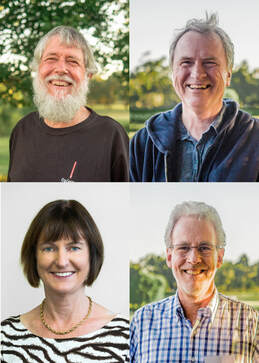
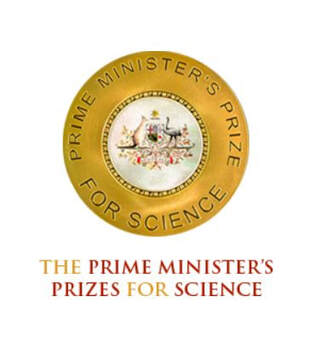
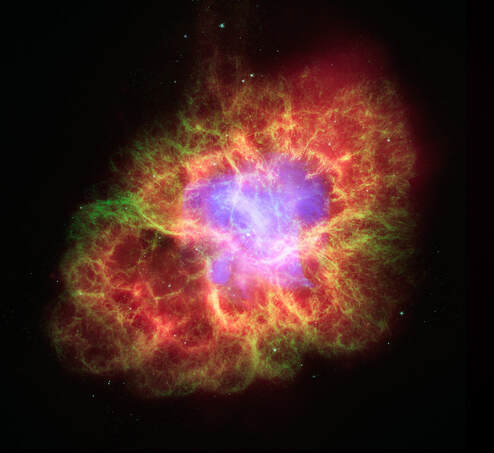
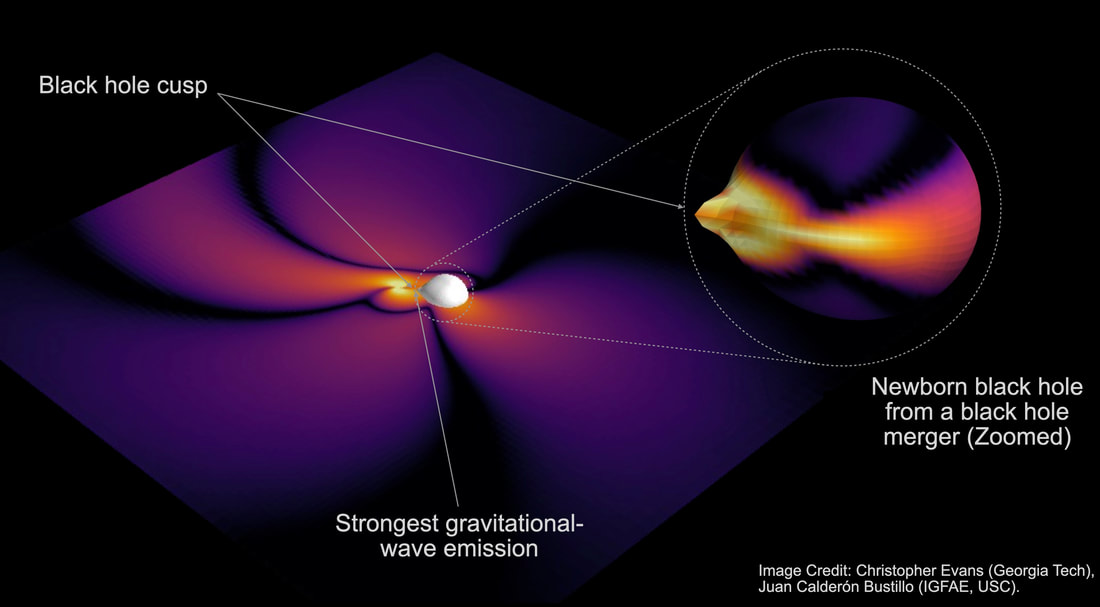
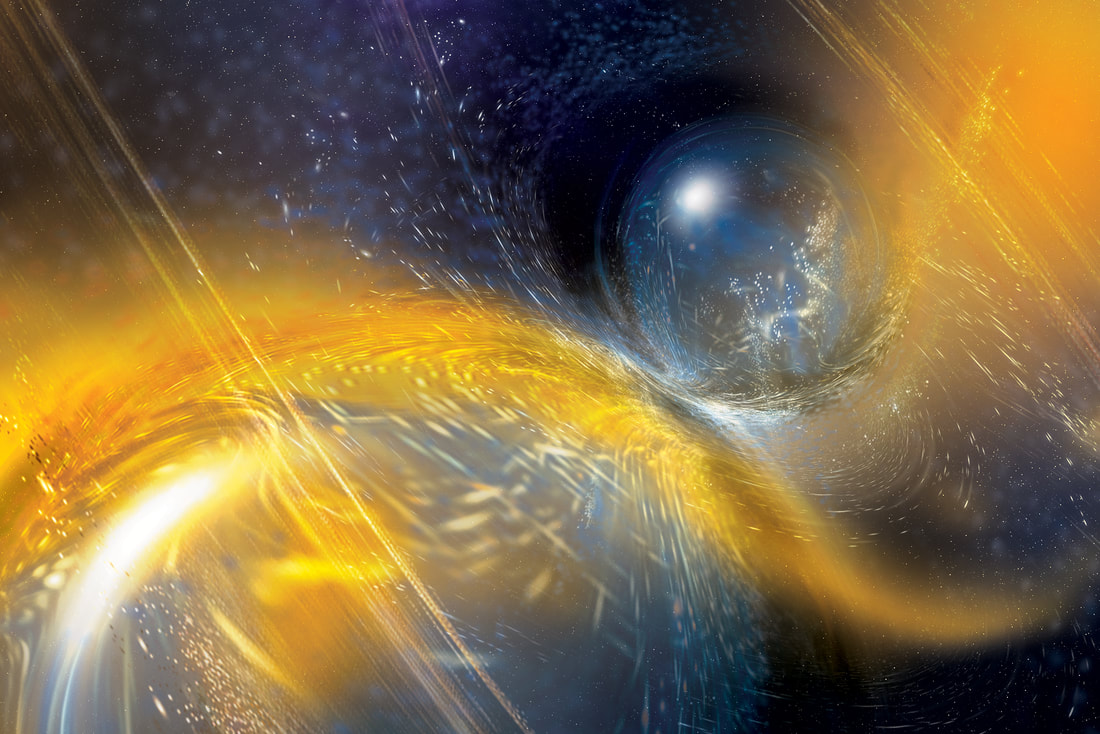
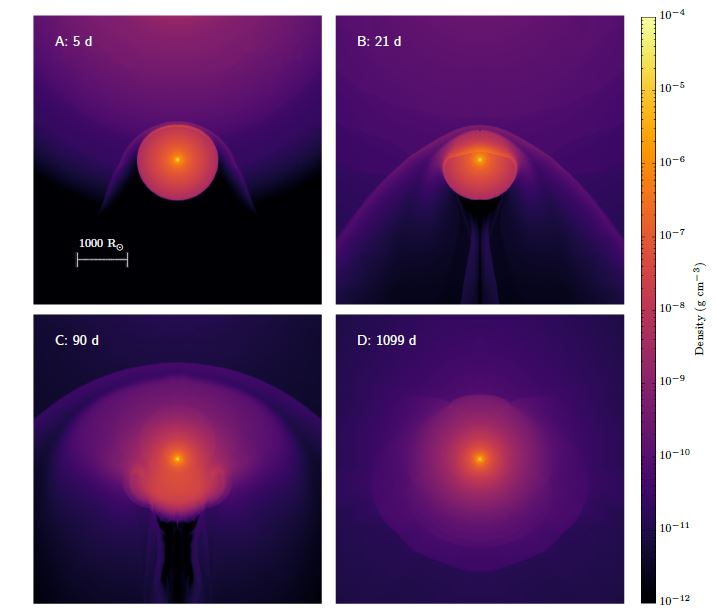
 RSS Feed
RSS Feed








